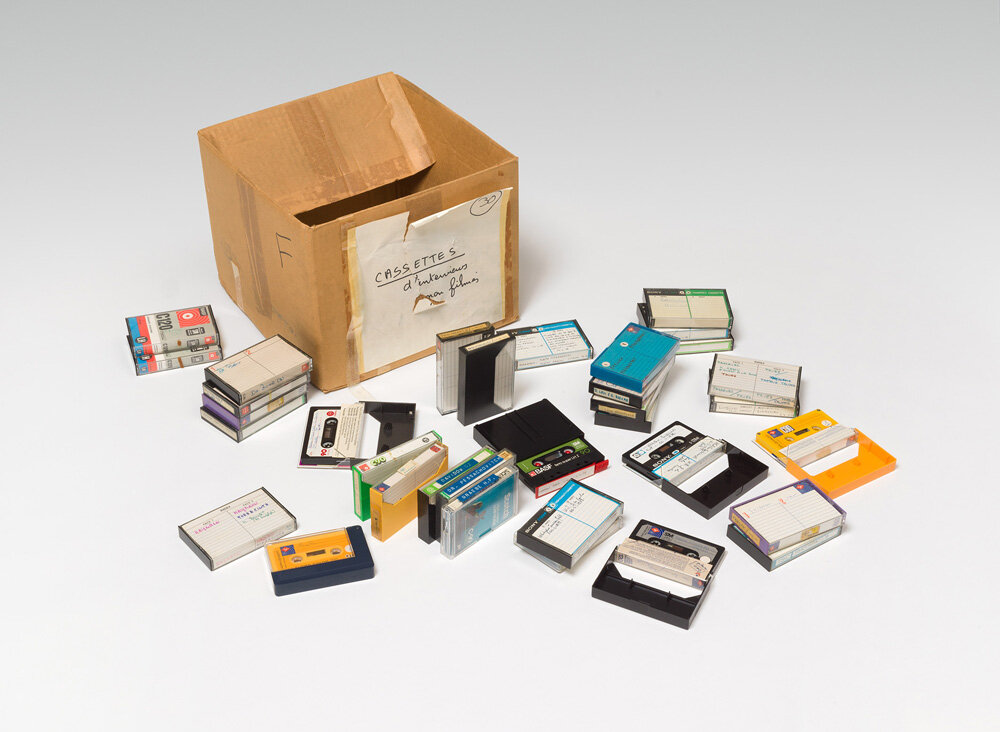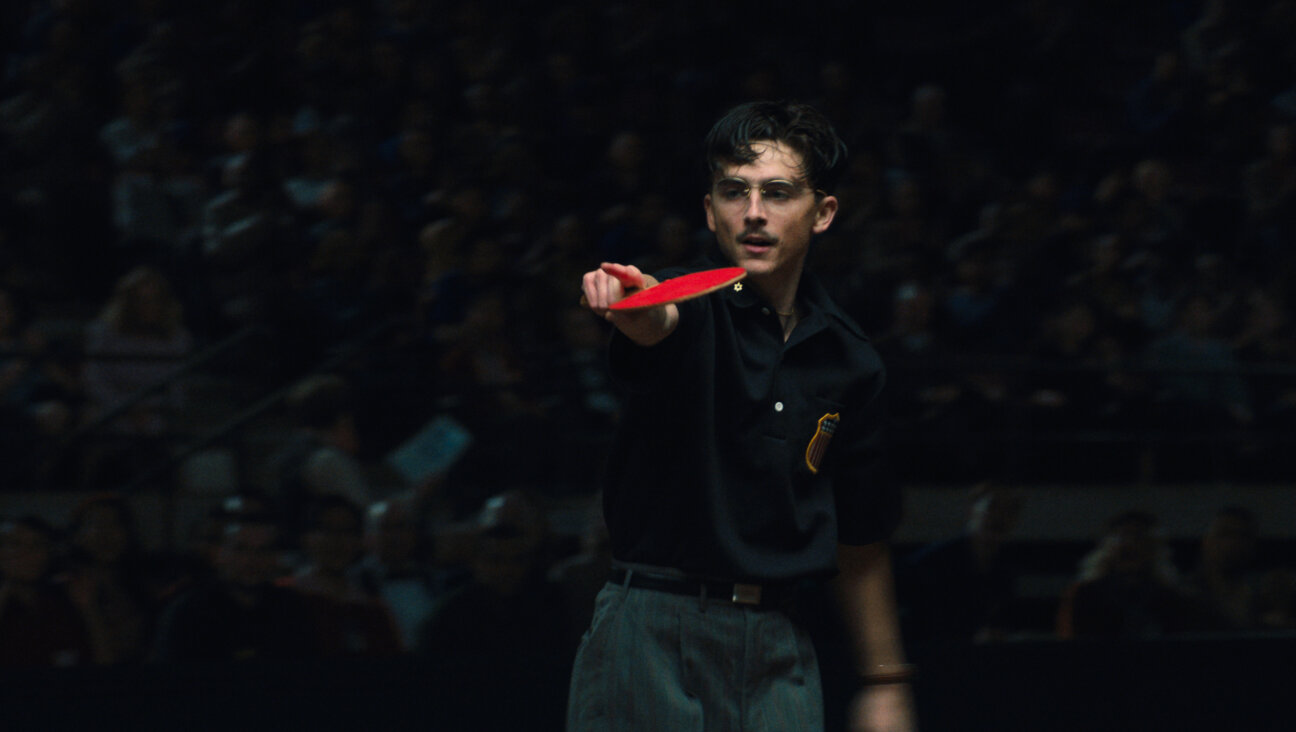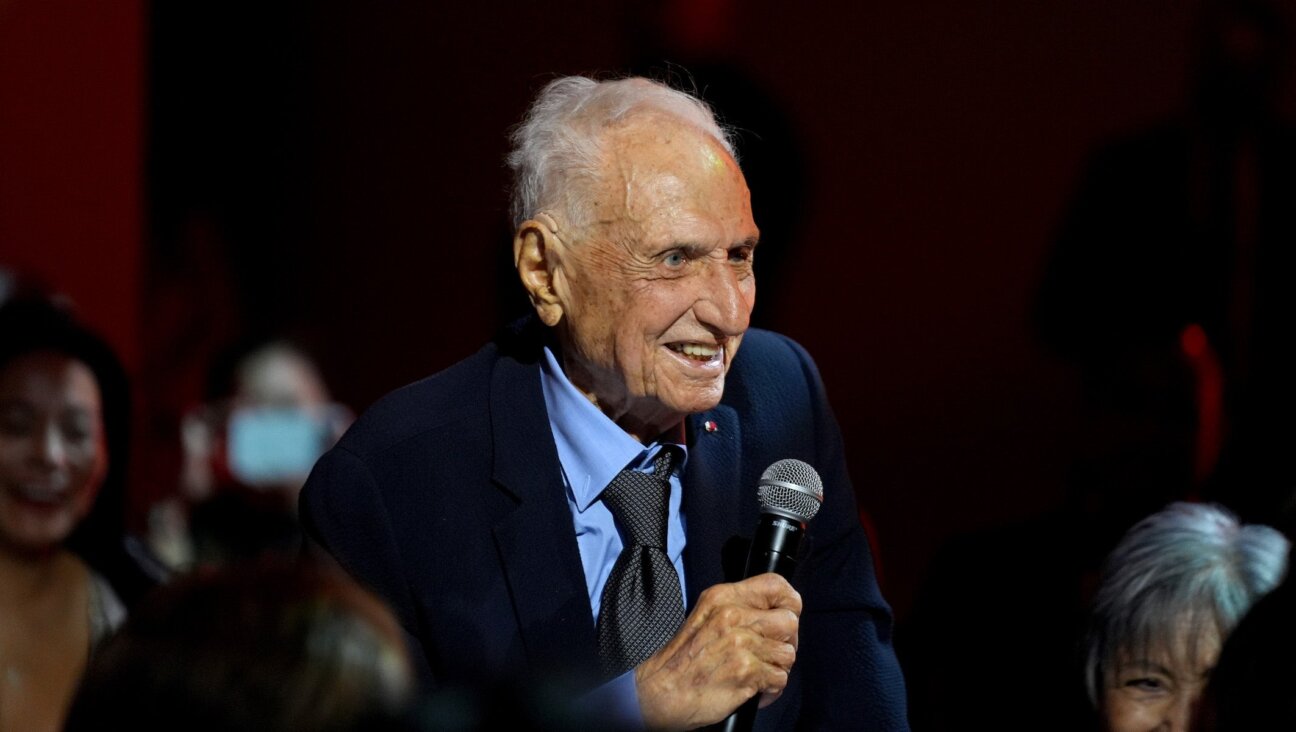The Jewish Sylvia Plath?
The Romance of a Shop
By Amy Levy, edited by Susan David Bernstein
Broadview Press, 278 pages, $15.95.
Reuben Sachs
By Amy Levy, edited by Susan David Bernstein
Broadview Press, 251 pages $15.95.
Oscar Wilde adored her, calling the young writer “a girl of genius,” while modern critics, in their flippancy and an attempt to articulate who this virtually unknown Victorian author was, have coined Amy Levy the “Jewish Sylvia Plath,” referring to both her precocious talent and her early, tragic demise (Levy committed suicide by charcoal asphyxiation at the age of 27). And yet, to most of her readers her life and work remain unknown.
Born in November 1861 into a middle-class Jewish Londoner family, Amy Judith Levy, the second of seven children, received a progressive education in school and in synagogue; she attended Brighton High School, founded in 1871 by feminists Emily and Maria Shirreff, and later went on to Newnham College, one of two women’s colleges in Cambridge University, where she also happened to be the first Jewish student. Her family belonged to the West London Synagogue of British Jews, a pioneering institution for the Reform movement that paved the way for acculturated Jewish practices of the Diaspora. Levy’s extraordinary interior life is echoed by the circles in which she moved — Victorian London’s intelligentsia. Along with Wilde, she cultivated friendships in the Reading Room of the British Museum with Olive Schreiner, Clementina Black and Eleanor Marx (daughter of Karl), among others.
In the past few years, there has been an uptick in interest in Levy’s work, including the publication of a biography in 2000, a conference held in 2002 in London specifically on her work and scholarship tied to it, and most recently, the annotated editions of Levy’s two novels, “The Romance of a Shop” and “Reuben Sachs.” Published this year by Broadview Press and edited by Susan David Bernstein, a professor of English, Jewish and women’s studies at the University of Madison-Wisconsin, these well-culled editions of Levy’s otherwise out-of-print novels include an assortment of other pertinent writings — Levy’s contributions to such periodicals as The Woman’s World, which is Wilde’s publication, and The Jewish Chronicle; selections of Levy’s poetry; reviews of each novel, and relevant writings by others from that time. The composite that each edition brings offers the larger picture of why Levy’s writing is important: “Her work revises, critiques, and updates Victorian representations of women and of Jews,” Bernstein says, also noting that Levy’s writing can be seen as a precursor and most likely an influence to such modernists as William Butler Yeats and Virginia Woolf. Perhaps; however, one thing is certain: Levy’s writing illuminates not just the terrain of Anglo-Jewish life but also the Victorian notion of the “new woman” — the equivalent of today’s feminist.
Originally published in 1888, Levy’s first novel, “The Romance of a Shop,” is built on what was, at that time, a radical premise: Four sisters, ranging in age from 17 to 30, are left to tend to themselves and to one another after their widower father’s death and their resulting loss of financial security. He’s left a legacy as a photographer who owned a studio, and the young women — instead of accepting the various offers of house and home from distant relatives and then sadly having to separate — open a shop as photographers in their own flat, joining the working world and essentially the romance of being young women making their way in an urban environment.
“Despite its nod to the conventional happy ending of marriage and children in the epilogue,” Bernstein notes, “the vision of a woman with a husband, children, and a career was a radically unusual one for a mainstream novel in Levy’s day.” Levy’s feminist leanings developed early on in her girlhood (it’s been noted, too, by many scholars that she was most likely a lesbian). Biographer Linda Hunt Beckman saw Levy’s feminism “revealed in drawings of a woman on a soapbox with a sign saying ‘Votes for Women!’” Levy’s proto-feminism was no less pronounced in her nonfiction: “What woman engaged in art, in literature, in science,” Levy wrote in an essay, has not felt the drawbacks of her isolated position?”
But if it was confusing to be a woman in the Victorian era, it was equally obfuscating to be a Jew — especially one who felt the tug of acculturation. Levy’s work specifically takes to task their portrayal in fiction. Her second novel, “Reuben Sachs,” which many argue was written in reaction to George Eliot’s “Daniel Deronda,” revolves around the relationship between two cousins, Reuben Sachs and Judith Quixano. But it was her subtle commentary on “materialistic values and preoccupations of the middle-class London Jewish community,” as Meri-Jane Rochelson, associate professor of English at Florida International University, put it, that raised the ire of many critics. “[Levy] apparently delights in the task of persuading the general public that her own kith and kin are the most hideous type of vulgarity,” one reviewer wrote in The Jewish World, in 1889. “She revels in misrepresentations of their customs and the modes of thought.”
At a moment in the beginning of “Reuben Sachs,” the protagonist’s mother and sister sit “in the growing dusk, amid the plush ottomans, stamped velvet tables, and other Philistine splendours” of their drawing room. Reuben, upon returning home late, enters the house and asks, “Why do women always invariably sit in the dark?” Levy had the courage not to be one of those women — a contribution that, at times, may have isolated her. In her essay “Middle-Class Jewish Women of To-Day,” written in 1886 for The Jewish Chronicle, she asks ,“What, in fact, is the ordinary life of a Jewish middle-class woman?” Levy’s extraordinary work certainly brings readers closer to understanding just what it was at that time.
Jessica George Firger is a freelance writer living in Brooklyn.















